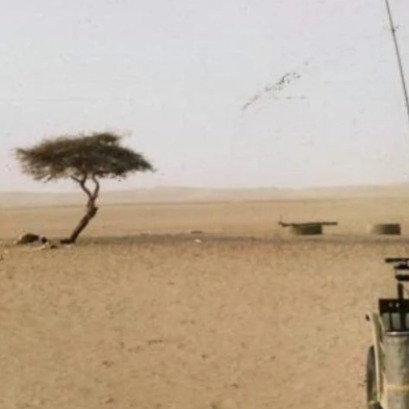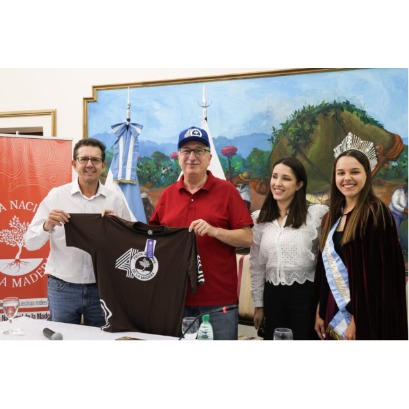
"Kiri" o "Paulownia Tomentosa" o "Árbol Imperial u Emperatriz"
Su madera es libre de nudos, es fácil de trabajar, resiste cuarteaduras y torceduras y pesa tres veces menos que las maderas convencionales.
Resistente al fuego (punto de ignición de 247ºC).
Soporta bien el frío (-17ºC) y el calor (45ºC).
Resistente a condiciones moderadas de sequía una vez desarrollado (1-2 años).
Alta capacidad de absorción de nitrógeno.
Descontaminación de suelos (nitratos, nitritos, arsénico, metales pesados, etc.).
Tiempo de secado muy corto, 20-40 días al aire libre (hasta 12% humedad).
Muy resistente y relativamente libre de enfermedades.
Convive con otras especies
Acepta cultivos intercalados (cereales, pastizales).
Las hojas son más nutritivas que la alfalfa para alimentar a los animales.
Las hojas sirven de forraje o abono (por su alto contenido de nitrógeno), y llegan a medir hasta 1 metro de diámetro, lo cual lo hace un gran recurso ecológico en la lucha contra la contaminación del aire.
Vive hasta 100 años y retoña hasta 5 veces del mismo tronco.
Aumenta la humedad relativa, reduce la evaporación y aumenta la producción de los cultivos de vegetales y granos.
Esto significa que, en comparación con otros árboles, el Kiri "ahorra" agua, pues en una sola temporada de crecimiento puede alcanzar un gran desarrollo, equivalente al de otras especies en varios años.
NIVELES DE RESISTENCIA
Contaminación: Normal
Ambiente marítimo: Normal
Encharcamiento: Normal
Plagas: Pocas
Insolación: Sol o sombra indistintamente
Es el árbol que más rápido crece en el planeta. En ocho años, puede alcanzar el tamaño de un roble de 40. Puede subsistir en suelos y aguas contaminadas, pues purifica los lugares en los que crece. Sus hojas consumen diez por ciento más de dióxido de carbono que las de otros árboles. Por tanto, emiten más oxigeno. También se pueden utilizar para hacer té.

IT MAY INTEREST YOU
 The only tree in the middle of the Sahara desert that was vital for commercial and military routes
The only tree in the middle of the Sahara desert that was vital for commercial and military routes
The Ténéré Tree, a solitary acacia in the Sahara desert, became for centuries a beacon of life and reference for travelers In the vast Sahara desert, where aridity and silence dominate the landscape, there was a tree that stood alone, being a beacon of life and hope for travelers.
 Missions | They advance in the restoration with more than 5,��� native trees from areas of Foerster Provincial Park to strengthen a strategic biological corridor
Missions | They advance in the restoration with more than 5,��� native trees from areas of Foerster Provincial Park to strengthen a strategic biological corridor
More than 5,��� trees of native species were planted in sectors recently incorporated into the Horacio Foerster Park Guard Provincial Park, in the north of Misiones.
 Missions | The traditional National Wood Festival in November celebrates four decades of a popular gathering in San Vicente
Missions | The traditional National Wood Festival in November celebrates four decades of a popular gathering in San Vicente
The official announcement of the 4�th San Vicente National Wood Festival was made this Tuesday by the governor of Misiones, Hugo Passalacqua. The cultural and festive event will take place from November 5 to 9 at the Verón Gallardo Sports Center in San Vicente, Misiones, to celebrate four decades of history. The San Vicente National Wood Festival is a popular meeting point for the agroforestry and commercial community in the Alto Uruguay area, and is an opportunity for the forestry-industrial chain to expose its development and services. The festival includes cultural, artistic and economic promotion activities.





















